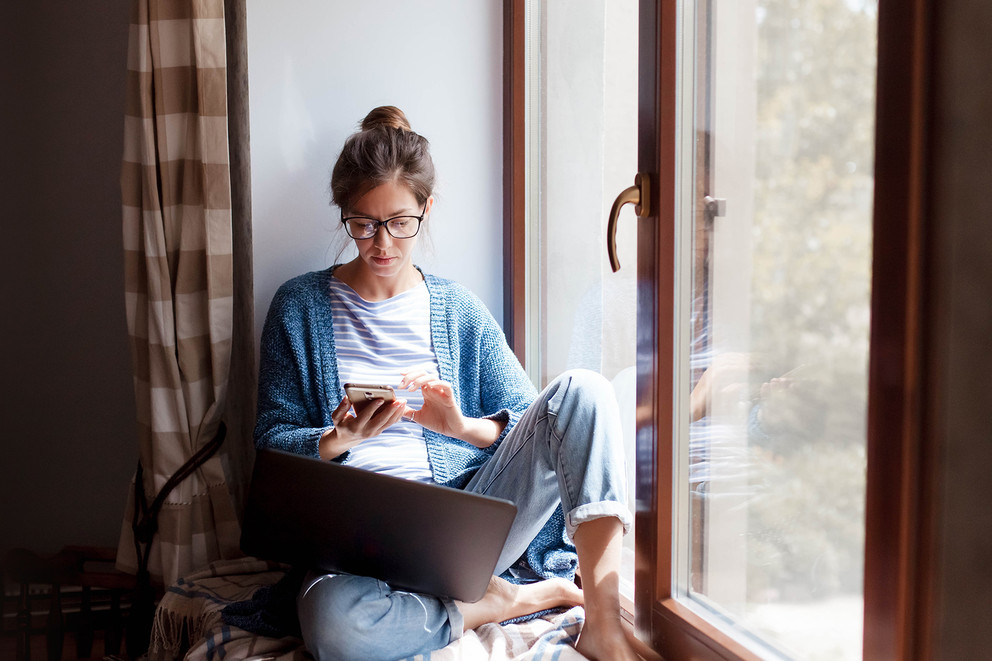UNIVERSITY PARK, Pa. — As the novel coronavirus continues to spread into more American communities, public health officials are asking individuals to practice social distancing to slow the spread of the pandemic. Universities and businesses have been instructed to support social distancing by allowing for remote classes, telecommuting and paid sick leave wherever possible.
A new report by the Centers for Disease Control and Prevention (CDC) shows that 20% of Americans who were sick enough to be hospitalized by the virus as of March 16 were 20–44 years old. This underscores the need for people of all ages to adhere to social distancing recommendations. Slowing transmission by social distancing will allow health officials to scale-up testing and treatment capacity to minimize the health impacts of this pandemic.
As guidance from leading health organizations and the federal government continues to evolve, epidemiologist Matt Ferrari, associate professor of biology at Penn State, shares his expertise on some of our most frequently asked questions.
Q: What is social distancing?
A: The idea is to maintain a distance between you and other people, and the CDC recommends that distance to be at least six feet away. This also means limiting your contact with others and avoiding mass gatherings (think crowded beaches, house parties, weddings).
Q: I’m young and healthy. Why can’t I continue to socialize?
A: While we know that this virus is more severely impacting older individuals and those with pre-existing health issues, no one is immune. We need to think about our responsibility to our community. Even people with only mild symptoms may pass the virus to many others before they even realize they are sick. Act as though you’re already infected and take precautions to prevent transmitting to anyone.
If you ignore the guidance on social distancing, you will put yourself and everyone else at much higher risk.
Q: Is it acceptable to leave my house?
A: Absolutely, but there are precautions we all can take when doing so. We will all need food, prescriptions, and essential items, but limit your trips and consider using disinfectant wipes on shopping carts and bringing hand sanitizer after touching surfaces. Of course, when you do return home, wash your hands with soap and water for at least 20 seconds and avoid touching your face.
Q: Can I have a few friends or immediate family visit me?
A: Stay home and limit in-person interactions with others as much as possible. Try to use virtual ways to connect as an alternative, such as video chat. Minimize travel and postpone long trips.
Q: Can I go for a hike or walk/run outside?
A: Yes! Go outside and get some exercise as long as you are not in high-traffic areas. We don’t expect everyone to remain indoors. Sunlight and exercise will help maintain your physical and mental well-being and limit the burden of these short-term changes.
Q: How long will I have to practice social distancing?
A: We can’t be certain based on the information we know today. Our hope is that we all take social distancing seriously to limit the transmission of the virus and allow our health care system to catch up. Be prepared to accept this as our new normal for the next eight weeks.



